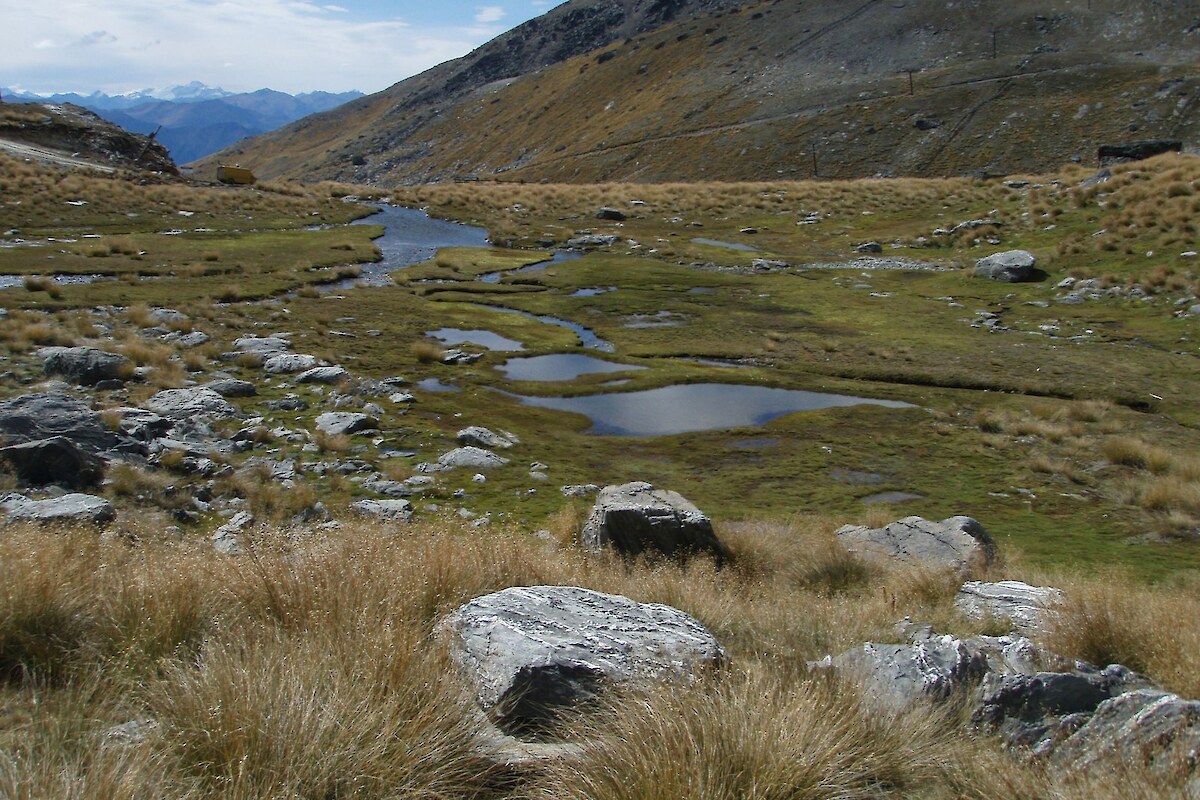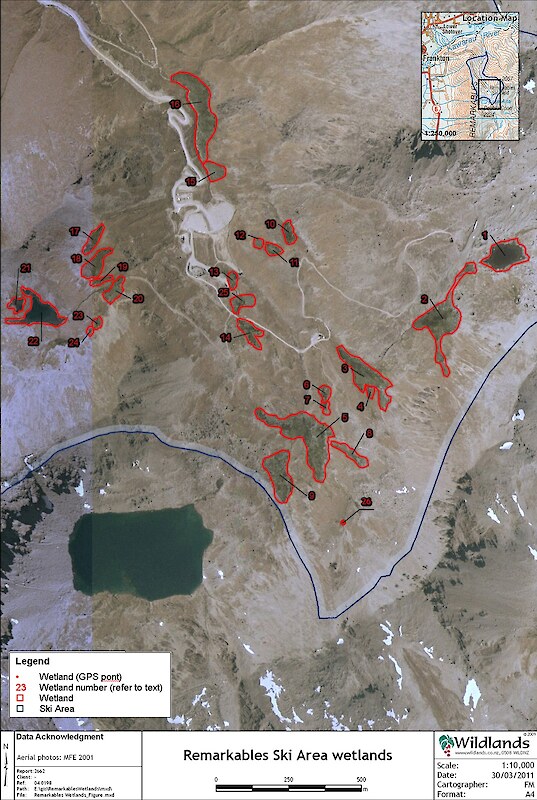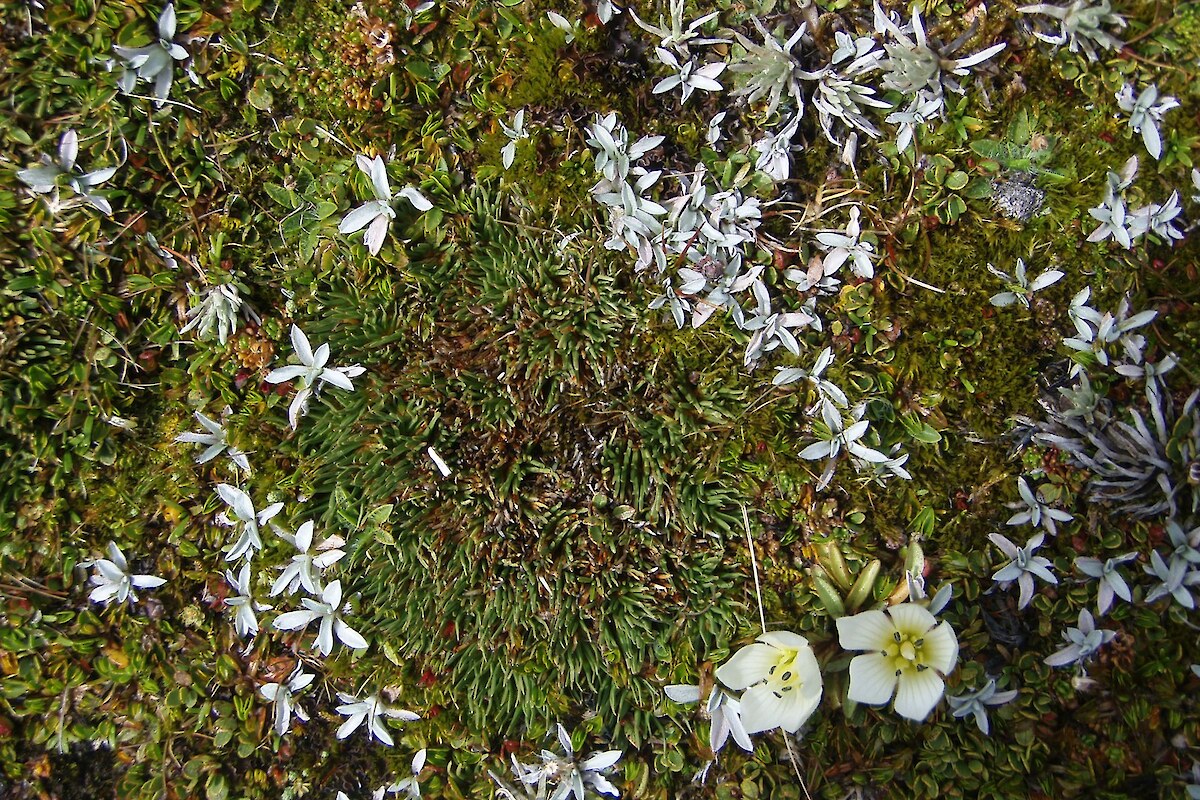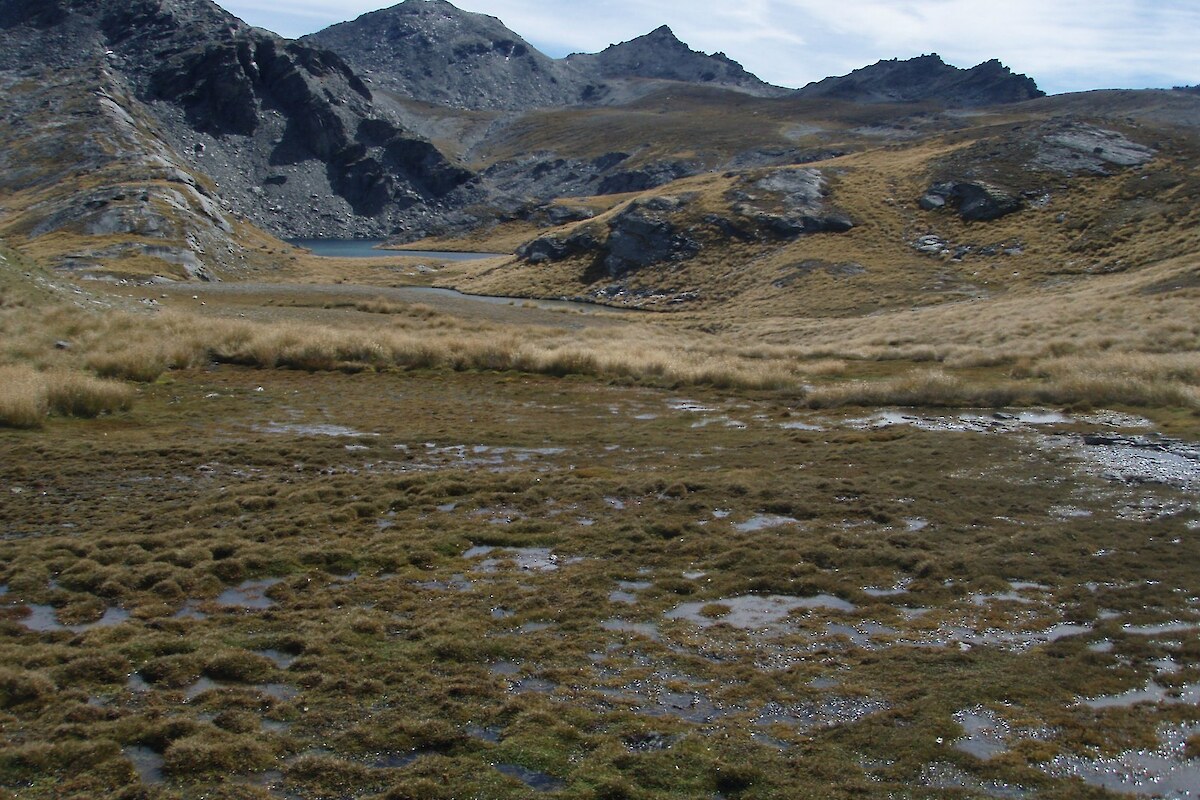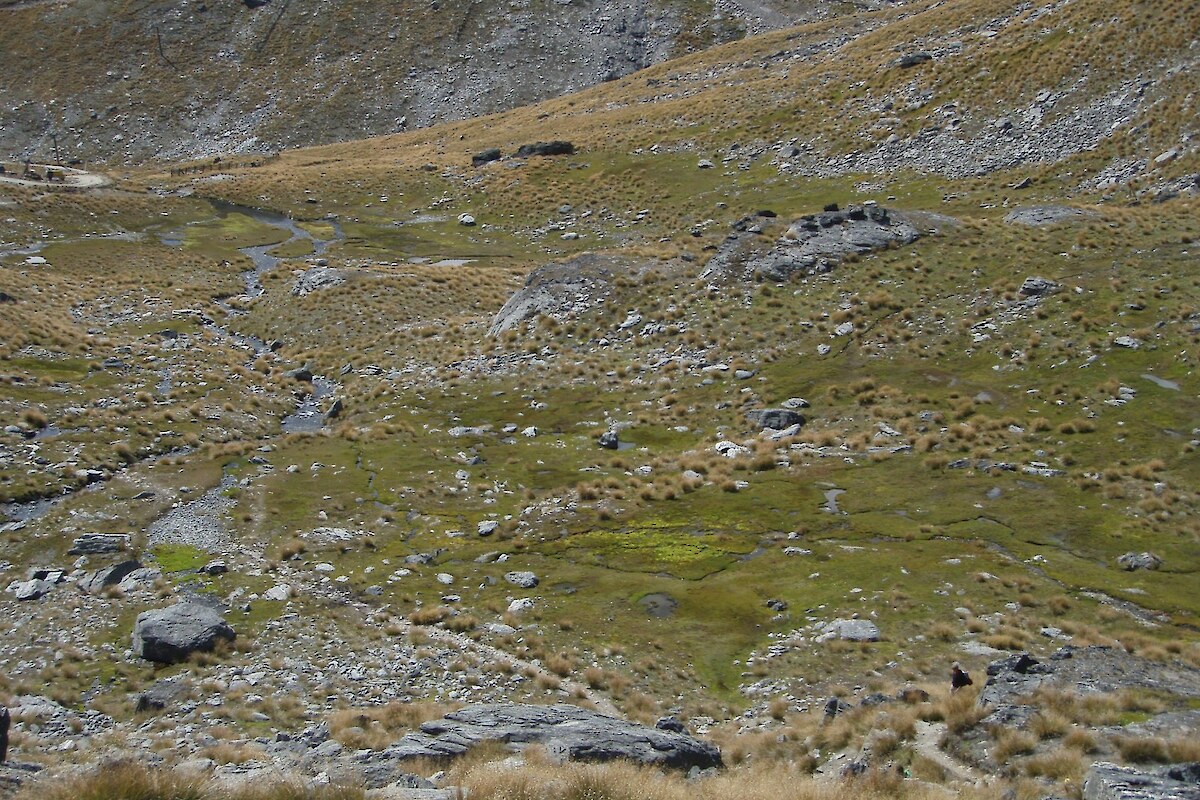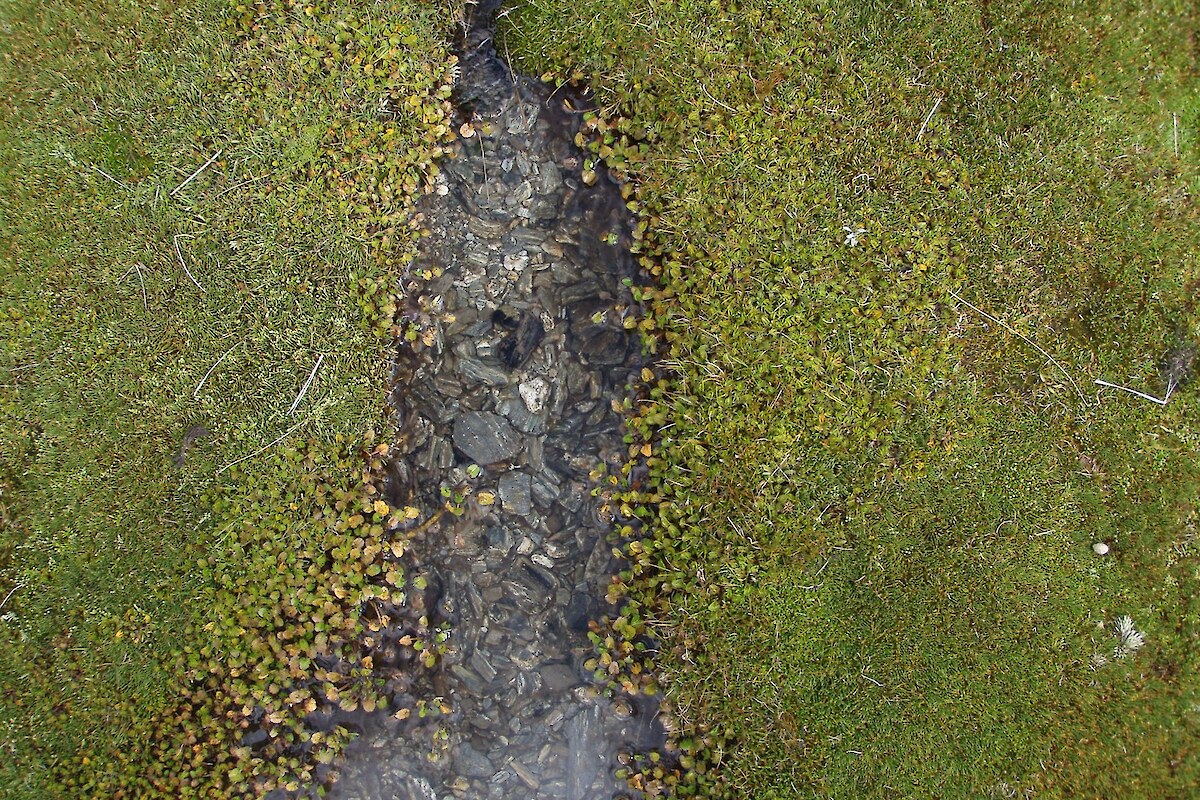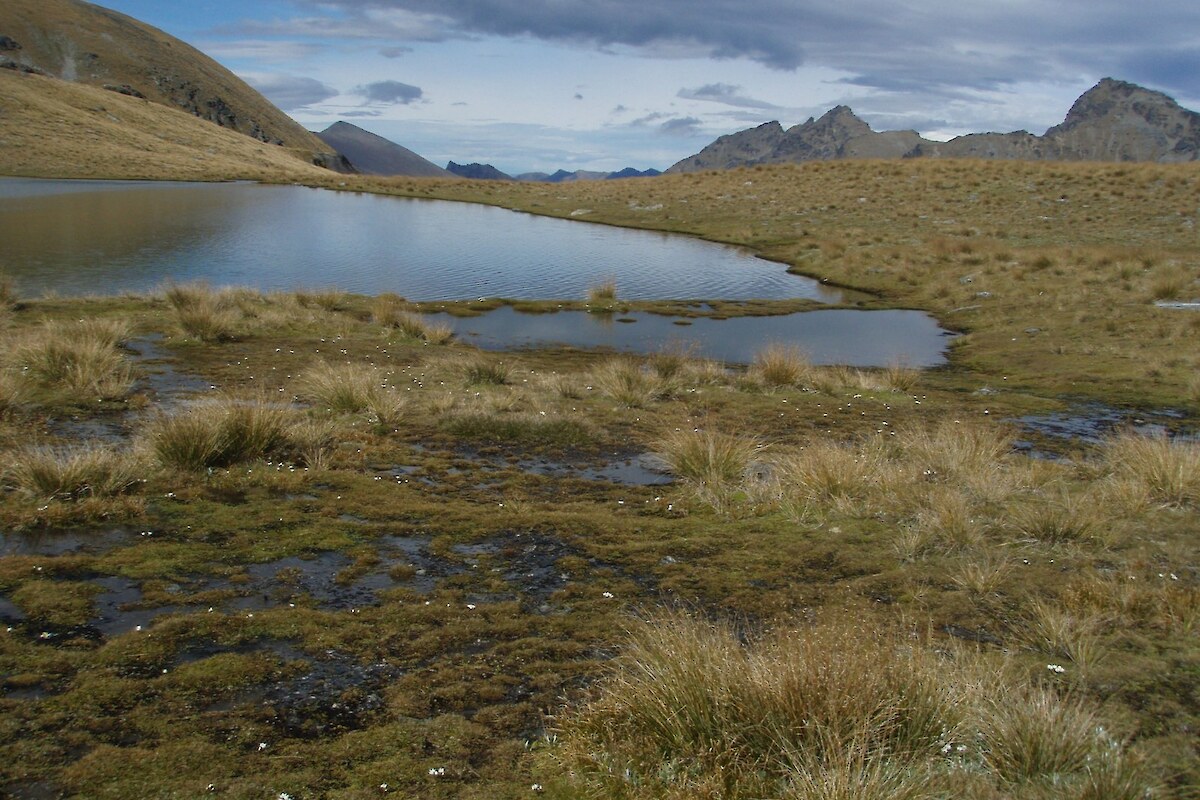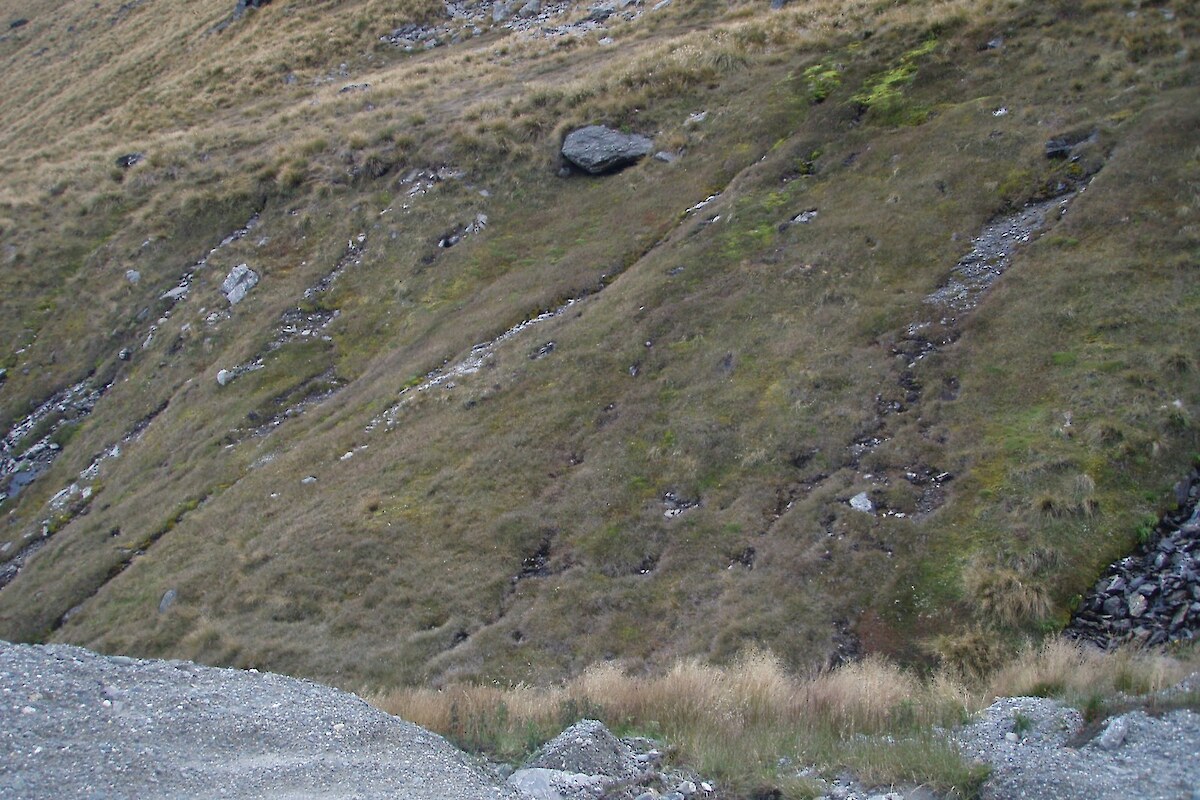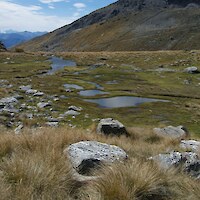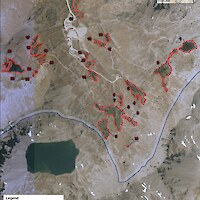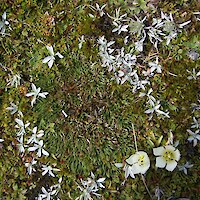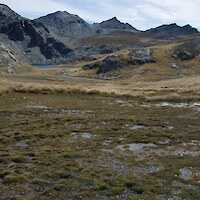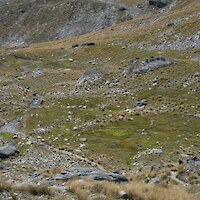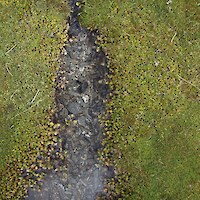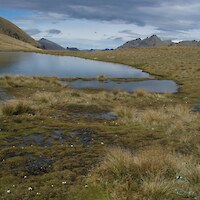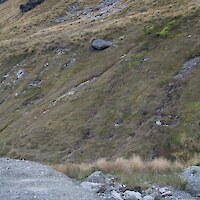The Remarkables Ski Area is located within the Rastus Burn Recreation Reserve, which is administered by the Department of Conservation. The Department is concerned that wetlands within the Ski Area may be adversely affected by ongoing development and maintenance of ski field facilities. DOC commissioned Wildland Consultants to assess wetlands within the Remarkables Ski Area and in the nearby Wye Creek catchment.
A site visit was undertaken in March 2011. Twenty-six wetlands within the Remarkables Ski Area and 14 wetlands in the upper Wye Creek catchment were surveyed, mapped, and described. The wetlands were located at altitudes between c.1,500 m and 1,880 m asl. Wetlands were associated with the margins of tarns and streams, areas of gentle topography, and seepages on steep slopes and open faces. Most wetlands were seepages, although bogs, string mires, and a fen-like wetland (possibly with a peaty substrate) were also recorded.
Most of wetlands within the Remarkables Ski Area were dominated by comb sedge (Oreobolus pectinatus) cushionfield, with scattered Gentianella bellidioides and Euchiton traversii. Comb sedge cushionfield occured in a mosaic with areas of mossfield, sedgeland (most often dominated by Isolepis aucklandica), shallow water (tarns, streams, slower flowing streams with algae), and herbfield (where Caltha obtusa is usually a major component). Other common species included Epilobium komarovianum, Abrotanella caespitosa,and Kelleria paludosa. Seepages dominated by Schoenus pauciflorus were also present within the Ski Area. The majority of plant species recorded were indigenous, with only single occurrences of the exotic species lotus (Lotus pedunculatus), mouse-ear chickweed (Cerastium fontanum), and Juncus articulatus. Carex berggrenii (At Risk-Naturally Uncommon) was present in several wetlands.
Within the upper Wye Creek catchment, most wetlands were seepages dominated by Schoenus pauciflorus, Isolepis aucklandica, bryophytes, Kelleria paludosa, and Carex spp. Oreobolus pectinatus was notably absent from all but two wetlands in the southern part of the catchment. No exotic plant species were recorded.
Remarkables Ski Area wetlands are ecologically significant because they are the largest in the immediate area, are in good condition, and are representative of wetlands in the wider Remarkables Ecological District. Several different forms and vegetation types are present. The wetlands are performing important hydrological functions and support an uncommon plant species and uncommon indigenous invertebrates. In the absence of further disturbance, these wetlands are likely to remain viable in the long-term.


